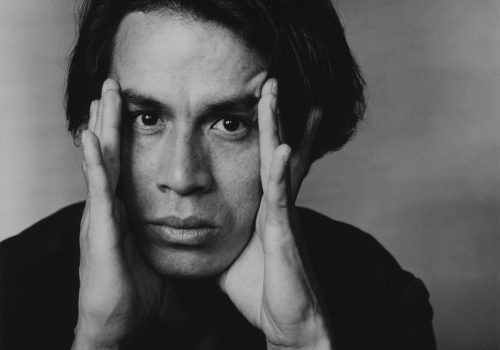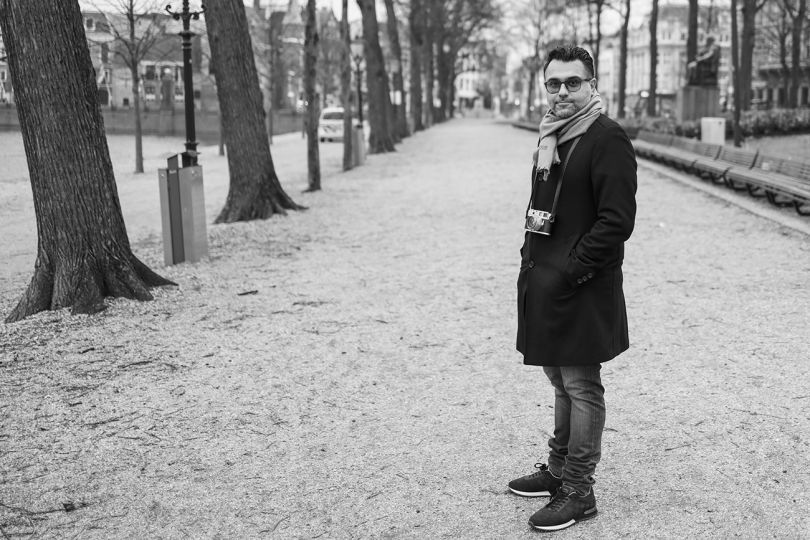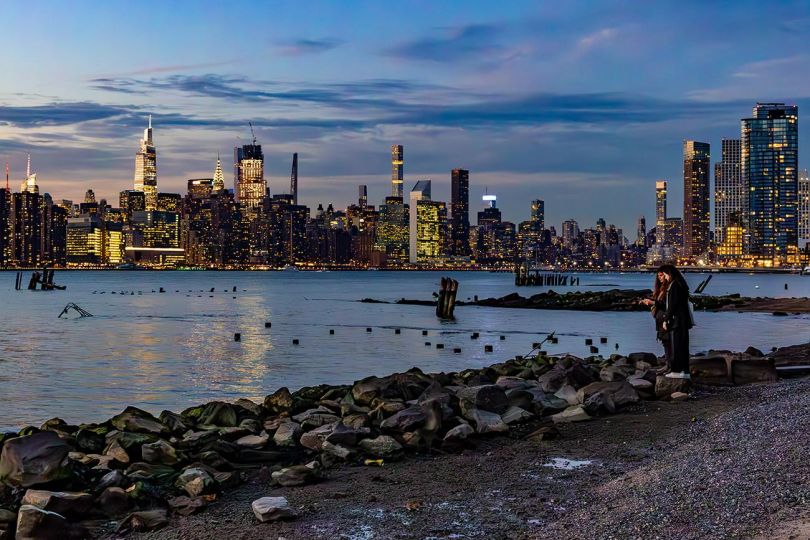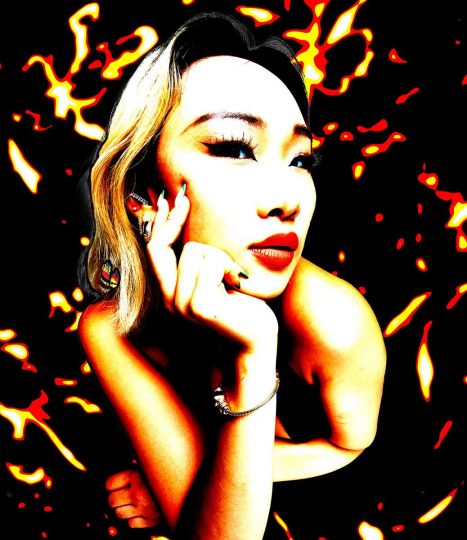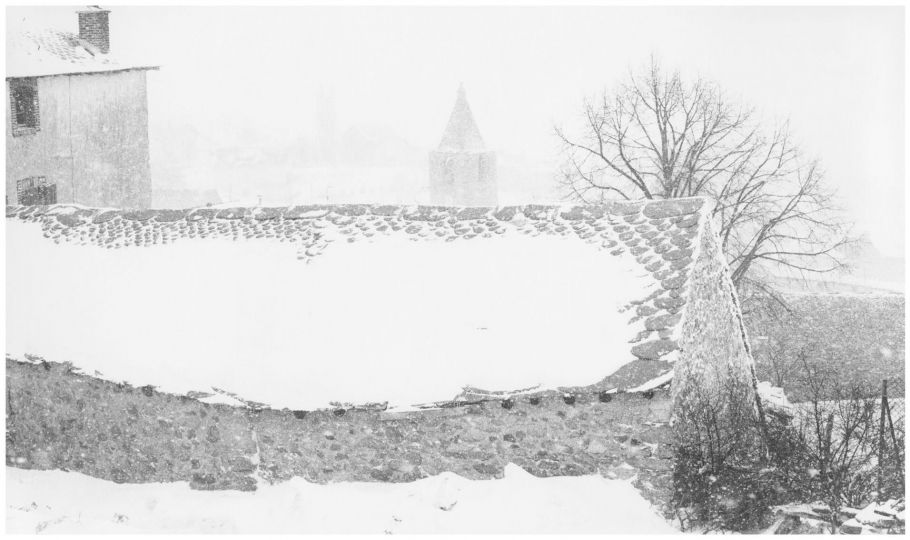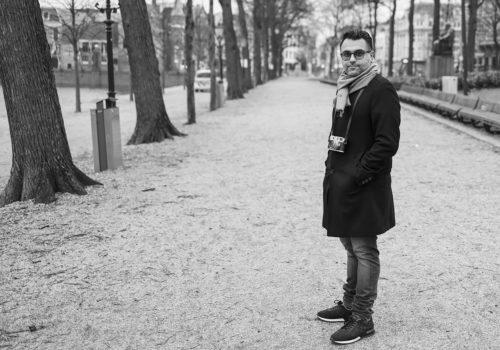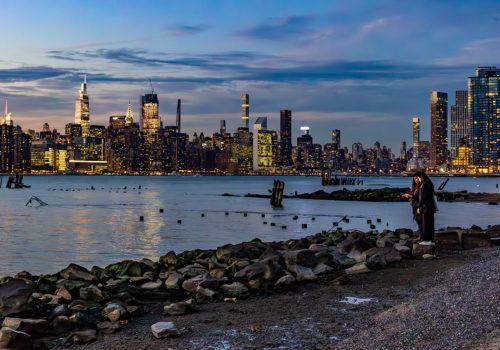The Eye of Photography brings you a selection of iconic covers and archival photographic material from L’Insensé dating from the early 2010s, culminating 20 years of the magazine’s existence. The selection covers a new set of three remarkable issues.
L’Insensé: 20 years (2011)
To celebrate its twentieth anniversary, the magazine invited several representatives of the world of photography to select their favorite images and say a few words about them.
The editor José Alvarez commented on a photograph by Helmut Newton: “Absolute, as great creators often are, Helmut immediately won me over with his intelligence and the rigor of his life, the relevance of his work, relevant at the risk of ruffing some feathers and being shocking. His closest circle included his wife June and a handful of friends. I loved this insolent dandy with exemplary morals side to him. Never in private did he mention his personal tragedy, and even less in the context of his professional activity, he brought it up just once in our forty-year-long friendship. We were watching Holocaust, and I saw he was very moved, close to tears. At the end of the film, having turned off the TV set, he remarked with an ironic smile, “I should sue for copyright infringement, this story so much resembles my own.” At his side, June was a fellow traveler contributing the inventiveness and modernity necessary to their reciprocal growth. I miss him.”
The writer Jean Echenoz noted on the subject of an image by Cindy Sherman: “I’ve always had the absurd feeling that this photograph spoke directly to me, as if to remind me of a number of things I may have forgotten or not, imagined or not, but which were somehow inexplicably familiar, if not for the dry martini recipe in the upper right corner: five part gin, a drop of vermouth, one olive.”
The photographer Jean-Baptiste Huynh, reflecting on an Irving Penn image: “I am neither accustomed to, nor do I take pleasure in, being photographed. And yet, I find this image particularly touching because of the story behind it. Rather than my own face, I see in it Irving Penn’s gaze, our particular friendship, and a certain relationship to portraiture. Irving Penn and I shared photographers’ complicity, which made the exercise even more difficult. In a way, he was giving up his secrets. The experience was unique and intense: throughout the photo session, I had the feeling of being entirely refashioned, molded. He would made me twist in all directions like one of his stamped out cigarette butts or his crumpled poppies, asking me to wrinkle my forehead and cross my legs, even though they were outside the frame, seeking points of tension and knots. Irving Penn made me adopt the same postures as Miles Davis, De Kooning, or Truman Capote, whom he had photographed years earlier. I was becoming an image.”
The film producer and art collector Marin Karmitz noted about a Gotthard Schuh photo: “I love the fact that this image is entirely about radiant youth, despite the hardship of their lives. A glance of revolt and resistance.”
The journalist Brigitte Ollier focused on a photograph by Bernard Plossu: “It was a happy day in Bernard Plossu’s household in La Ciotat. He was whistling, a pencil tucked behind his ear, as he pulled out one photograph after another from their archival boxes, like a magician rabbits from a hat. I wasn’t following the movement of the images too closely; this was Elisabeth’s domain. We were preparing a portfolio. Later on, we went to the beach to eat churros and thirty-six-flavors of ice-cream: but maybe I’m confusing the seasons, and this was another time. But I will never forget these three men on the pier, one with his arms outstretched, looking up toward the sky. Like pulling the strings of a kite. Awaiting. An empty walkway. A fleeting moment. And, as ever in Bernard Plossu’s pictures, the feeling of color even though everything is in black and white.”
L’Insensé: Special Russia issue (2012)
The privileged target of Soviet photography and of the many of its movements exalting the official Communist ideology, Russian people remained the dominant subject in 2012. The big Soviet agencies’ monopoly on image distribution gave way to new agencies and above all venues dedicated to photography: museums, galleries, schools.
The context freed from the burden of officially sanctioned art became a fertile ground for an art scene focused on avant-garde document and creation. This issue of L’Insensé tried to take stock of this wonderful opening up; and even if it was the human face that had captured the imagination of the generation, these artists were eager to give us a much-needed critical testimony on the complexities of the Russian world.
L’Insensé: Special China issue (2013)
Chinese photography stands out by the development of a highly elaborate practice of staging and an intense use of digital technologies, often perceived as liberating. Many photographers, who also practice performance art or body art, would record their experimentations in images, develop their own scenography, and subvert our perception of reality. The great documentary tradition led to the emergence of new variations on the genre: utopian documentary that idealized the native land or denounced the brutal destruction of the traditional way of life; or critical insights into the silent and little explored margins of Chinese society. Determined to showcase photographers other than those who dominated the art market, L’Insensé opened its pages to sensory approaches that questioned the staggering cultural disruptions taking place in the Middle Kingdom.

